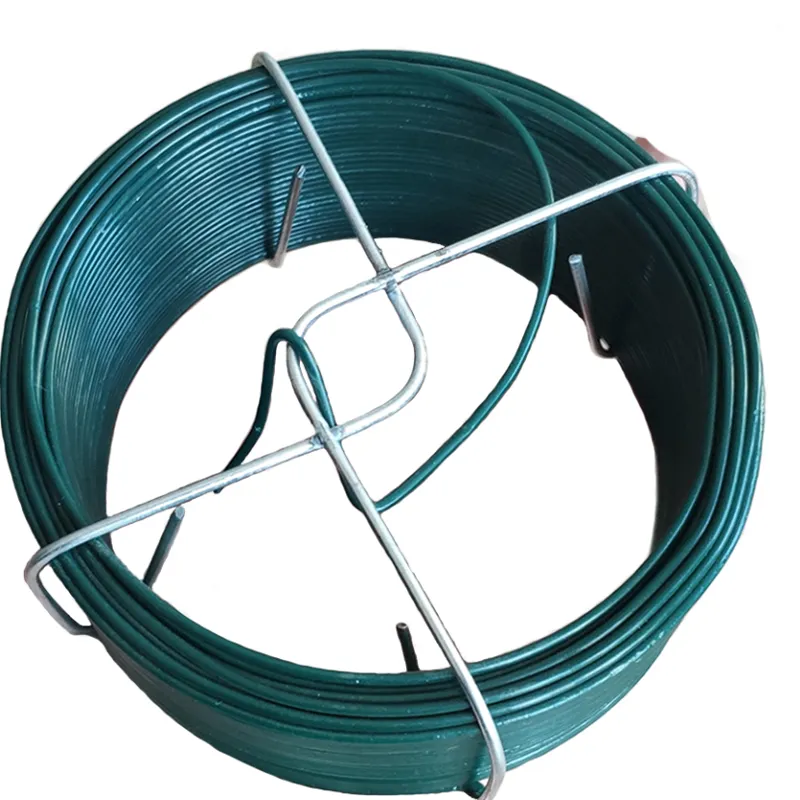-
 Phone:
Phone: -
 Email:
Email:

Trends and Analysis of Current Razor Wire Pricing in Security and Fencing Markets
Understanding Razor Wire Prices Factors Influencing Costs
Razor wire, a type of barrier fencing that consists of sharp-edged barbed wire, is widely used for security purposes in various applications, including prisons, military bases, and industrial sites. Its effectiveness in deterring unauthorized access makes it a popular choice for a range of security measures. However, when it comes to purchasing razor wire, understanding its pricing is crucial. This article will delve into the factors influencing razor wire prices, helping consumers and businesses make informed decisions.
Material Quality
One of the primary factors affecting razor wire prices is the quality of the material used. Razor wire is typically made from galvanized steel, stainless steel, or other durable materials. Higher quality materials that resist rust, corrosion, and wear tend to be more expensive but can offer better long-term value due to their durability and lower maintenance requirements. Stainless steel, for example, is particularly resistant to environmental factors, making it suitable for coastal or humid areas, albeit at a higher cost than galvanized options.
Wire Specifications
The specifications of the wire itself also play a significant role in determining its price. Razor wire comes in various thicknesses, spacing, and blade designs, with each variation affecting the overall cost. For instance, wires with closer spacing between blades provide a more formidable barrier, thus commanding a higher price. Additionally, the design of the blades—whether they are flat, twisted, or another configuration—can also influence cost. More complex designs that enhance security often come at a premium.
Length and Quantity
When purchasing razor wire, the length and quantity required will directly impact pricing. Generally, buying in bulk leads to lower per-unit costs, as manufacturers often offer discounts for larger orders. However, buyers should also consider the total cost of ownership, which includes installation and maintenance expenses over time. Planning for future needs and purchasing accordingly can provide significant savings.
razor wire price

Manufacturing and Transportation Costs
The geographical location of the manufacturer can significantly influence razor wire prices. Logistics costs, including shipping and handling, will vary based on the distance between the manufacturer and the customer. Additionally, changes in fuel prices can affect transportation costs, which in turn may be reflected in the final price of the razor wire. Understanding these fluctuations can help consumers gauge fair pricing and identify the best suppliers.
Market Demand
Market demand can also greatly influence razor wire prices. During heightened security concerns or an increase in construction projects—especially in sectors requiring stringent security measures—the demand for razor wire may rise, leading to increased prices. Conversely, during periods of low demand, prices may stabilize or decrease. Staying informed about the market trends can help buyers strategically time their purchases for the best prices.
Regulatory Compliance
Lastly, consumers should be aware of any regulations or compliance requirements that may affect the cost of razor wire. Depending on local laws, there may be specific standards for razor wire used in residential or commercial properties. Compliance with these regulations may require additional investment in specialized products, thereby increasing the overall cost.
Conclusion
In summary, understanding the factors that influence razor wire prices—such as material quality, wire specifications, length and quantity, manufacturing and transportation costs, market demand, and regulatory compliance—enables informed purchasing decisions. Investing time in researching these components not only allows consumers to secure a competitive price but also ensures that they choose the right product for their specific security needs. In an increasingly security-conscious world, making the right choice in razor wire can significantly bolster safety and protection.
-
Wire Mesh for Every Need: A Practical SolutionNewsJul.25,2025
-
Steel Fences: Durable, Secure, and Stylish OptionsNewsJul.25,2025
-
Roll Top Fencing: A Smart Solution for Safety and SecurityNewsJul.25,2025
-
Cattle Farm Fencing Solutions for Maximum SecurityNewsJul.25,2025
-
Affordable Iron Binding Wire SolutionsNewsJul.25,2025
-
Affordable Galvanized Wire SolutionsNewsJul.25,2025
-
Wire Hanger Recycling IdeasNewsJul.25,2025








